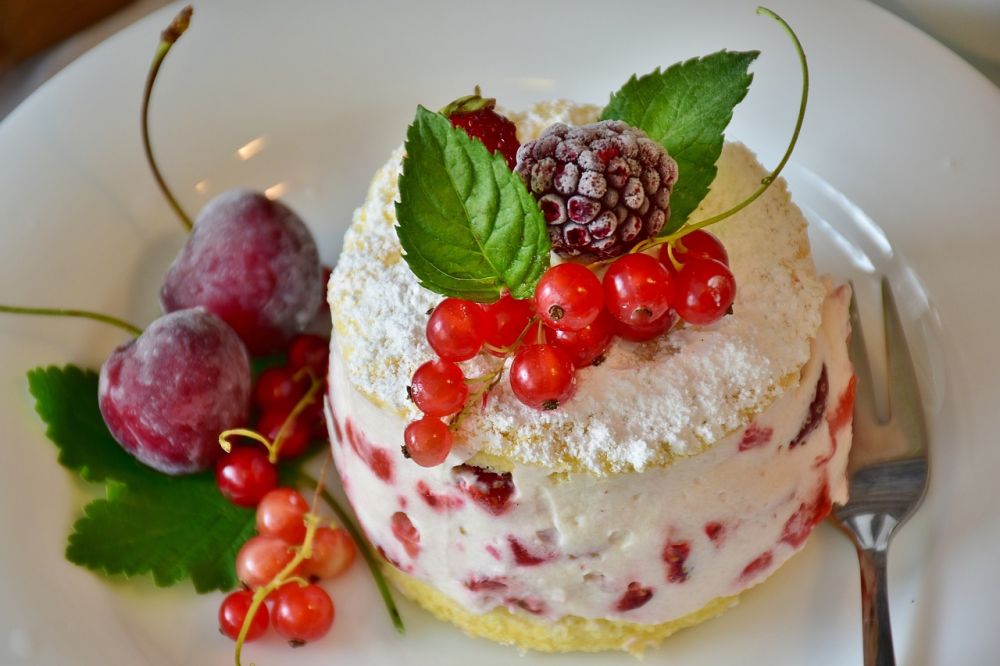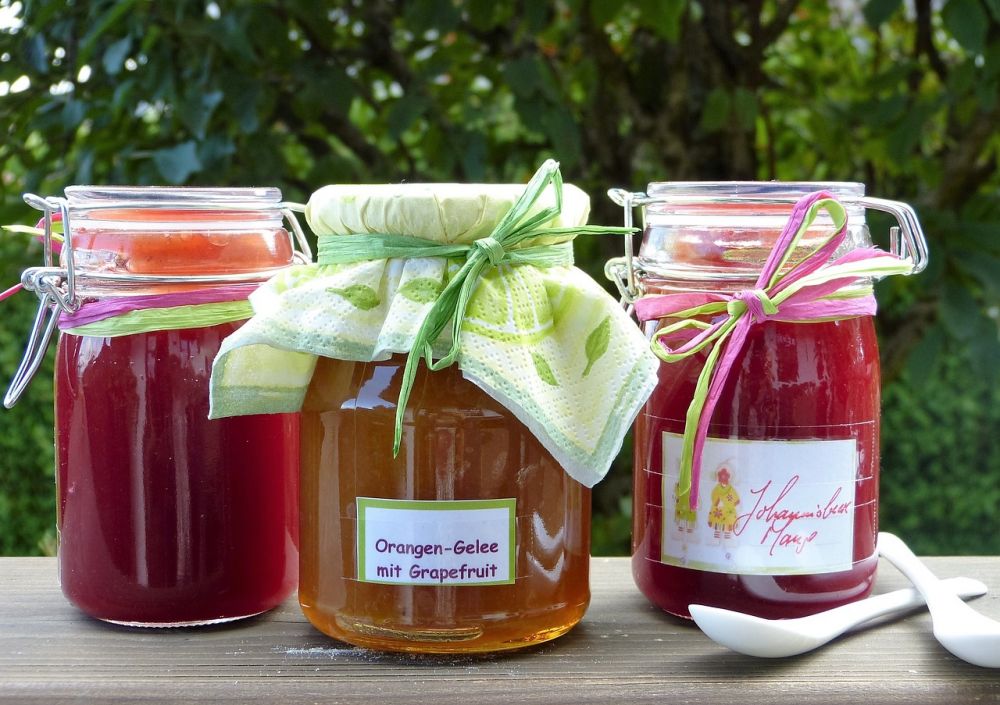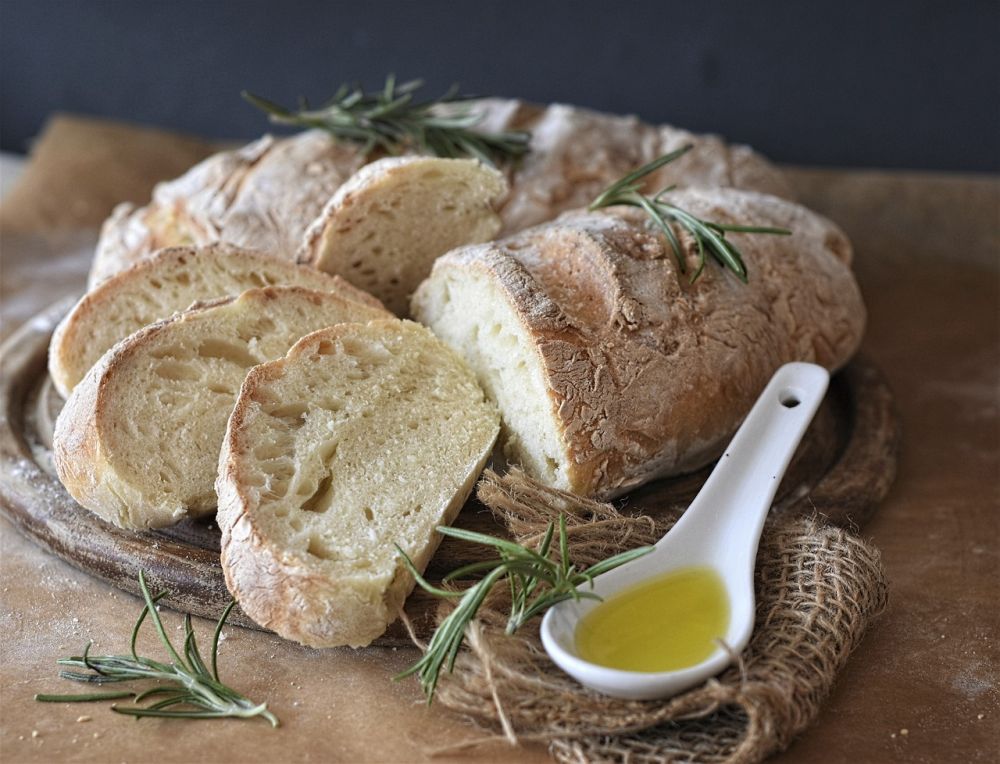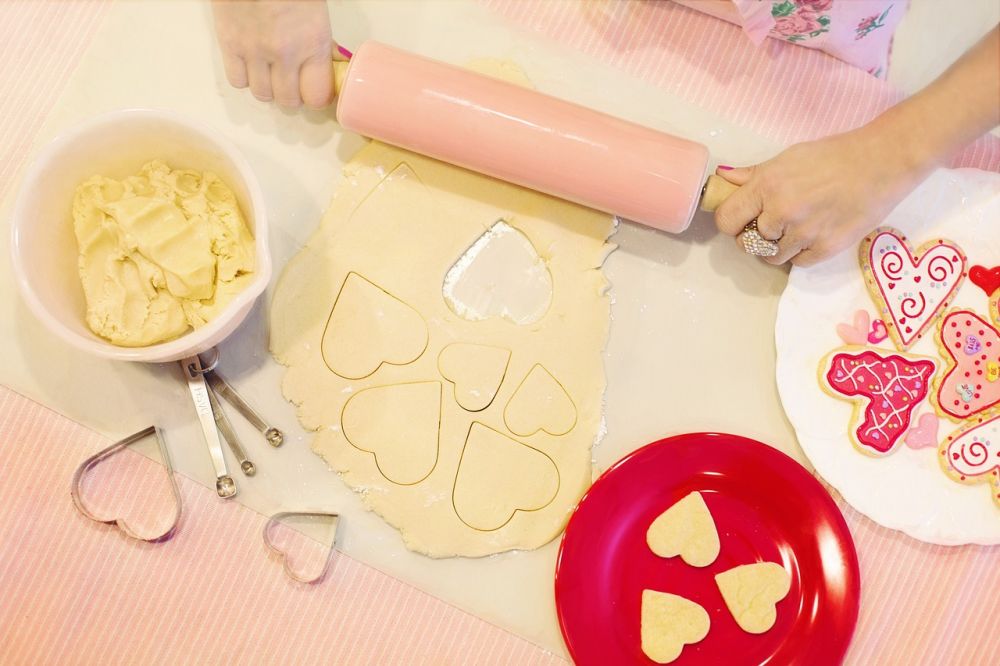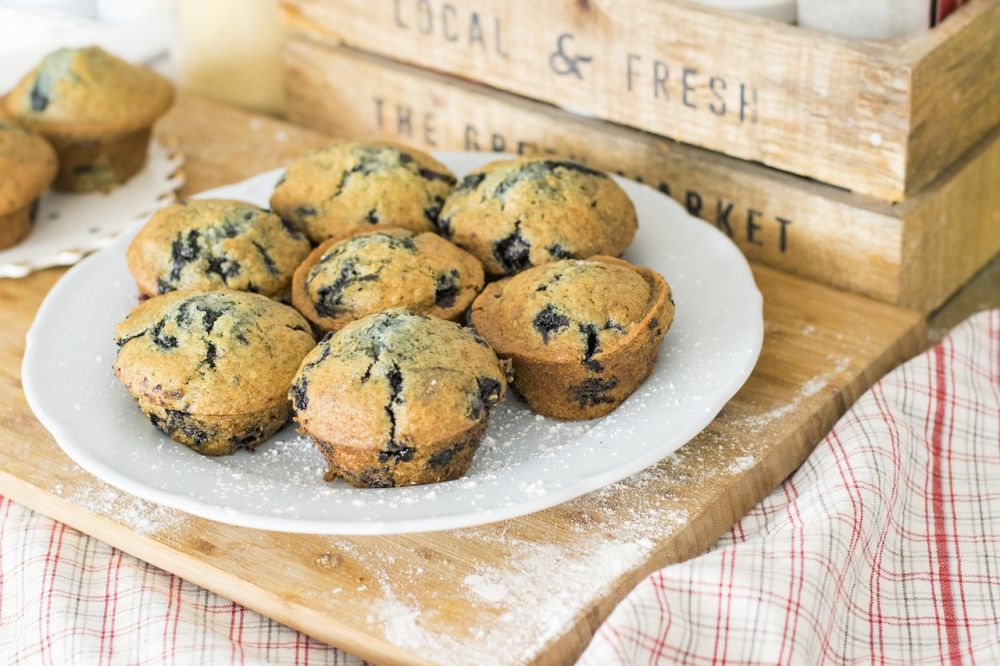Bake Horn: A Deep Dive into the World of Delicious Pastries
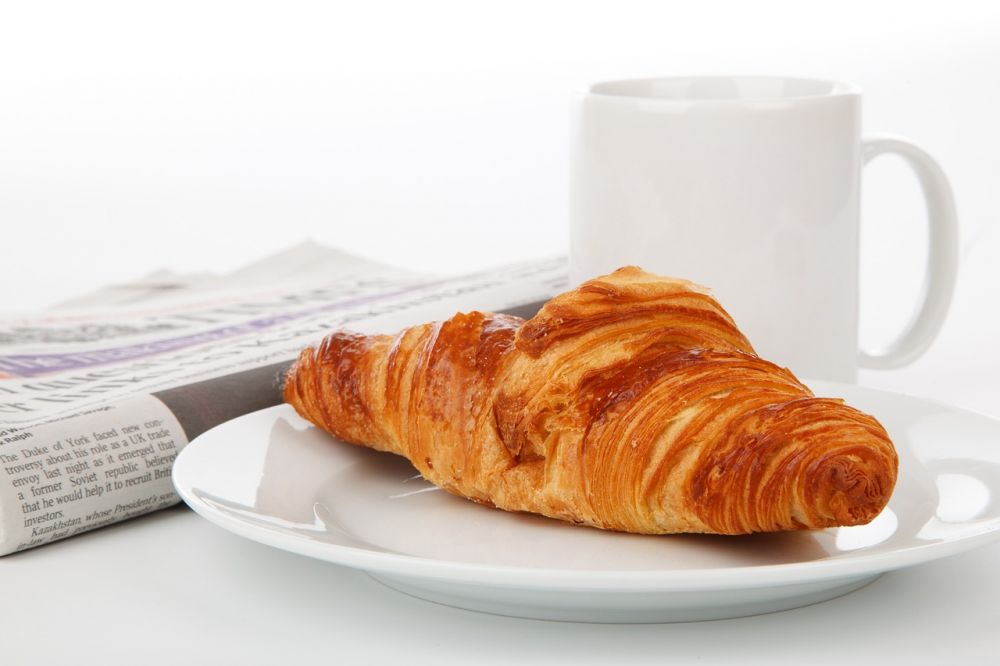
Introduction
Bake horn, also known as croissant horn or Schneckenhorn, is a delectable pastry that has gained immense popularity among food lovers worldwide. With its flaky, buttery layers and scrumptious fillings, bake horn has become a staple in bakeries and cafes. In this in-depth article, we will explore the various aspects of bake horn, including its types, popularity, quantitative measurements, differences between variations, and the historical journey of its pros and cons.
Presentation of Bake Horn
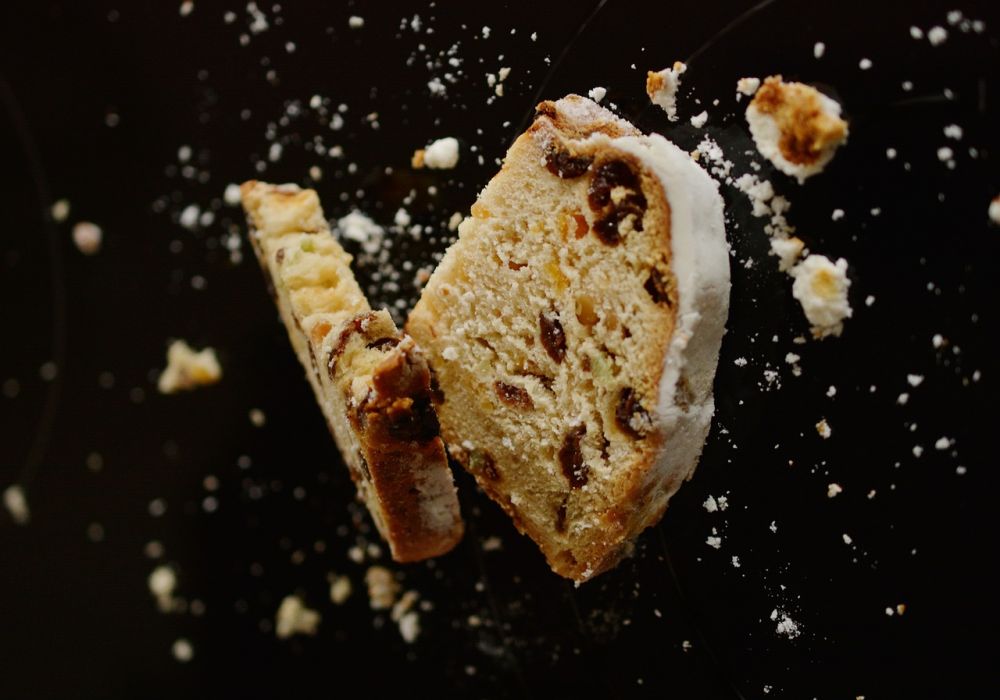
Bake horn is a crescent-shaped pastry made from laminated dough, which is layered with butter and then rolled and folded several times. This process gives bake horn its signature light and flaky texture. The dough is then filled with a variety of ingredients, such as chocolate, almond paste, fruit compote, or savory fillings like ham and cheese. Bake horn can be enjoyed as a sweet treat for breakfast, brunch, or dessert or as a savory option for snacking or even as a meal accompaniment.
Types of Bake Horn and Popularity
Bake horn comes in various forms and flavors, catering to diverse preferences. The classic bake horn, also known as a traditional croissant, features a plain or chocolate filling. Other popular variations include almond, pistachio, raspberry, and apricot fillings. These unique flavors add an extra dimension to the already enticing pastry, making it increasingly popular among food enthusiasts.
Bake horn’s popularity has soared in recent years, with bakeries and cafés around the world offering their unique takes on this delicious treat. Whether in a metropolitan city or a small town, one is likely to find a bakery showcasing an array of bake horns, enticing customers with their mouth-watering aromas and visually appealing displays.
Quantitative Measurements of Bake Horn
When it comes to bake horn, quantitative measurements play an essential role in determining its quality and consistency. Bakers focus on achieving the perfect balance of ingredients, including the precise amount of flour, butter, yeast, and sugar, to ensure the ideal texture and taste. Additionally, accurate measurements of temperature and baking time are crucial to achieve the desired golden brown crust and flakiness.
For bakers, the measurement of bake horn’s dimensions is equally important. The size and shape of the pastry can significantly impact its appearance and portion control. While bake horns typically measure around 15-20 centimeters in length, variations in width and thickness allow for customized options that cater to different preferences.
Differences between Bake Horn Variations
Although bake horns share a basic structure and ingredients, there are significant differences between variations. Some bake horns may have a richer buttery flavor due to the use of high-quality butter, while others may stand out with unique fillings or glazes. Additionally, the shaping techniques may also differ, resulting in variations in appearance and texture. Understanding these differences allows individuals to explore and appreciate the diversity within the realm of bake horn.
Historical Journey of Bake Horn’s Pros and Cons
The history of bake horn is rooted in European pastry traditions, particularly the French and Austrian cuisines. While the origins are debated, bake horn gained prominence in France during the 19th century and spread across Europe and beyond. The benefits of bake horn lie in its versatility and ability to pair well with both sweet and savory ingredients. The flaky layers and buttery taste make it a delight to enjoy, whether plain or filled.
However, bake horn is not without its drawbacks. Its preparation requires time and skill, as the lamination process demands precision and patience. Additionally, the high butter content contributes to its rich taste but makes it a high-calorie indulgence. Individuals seeking healthier options may need to exercise moderation when enjoying bake horn.
Conclusion
Bake horn has undoubtedly cemented its place as a beloved pastry among food and drink enthusiasts worldwide. Its flaky layers, mouth-watering fillings, and distinct flavors make it an irresistible treat for any time of the day. From its humble origins to its global popularity, bake horn continues to captivate taste buds and inspire bakers to create innovative variations. So, the next time you bite into a bake horn, savor the fusion of simplicity and complexity that brings this pastry to life.

